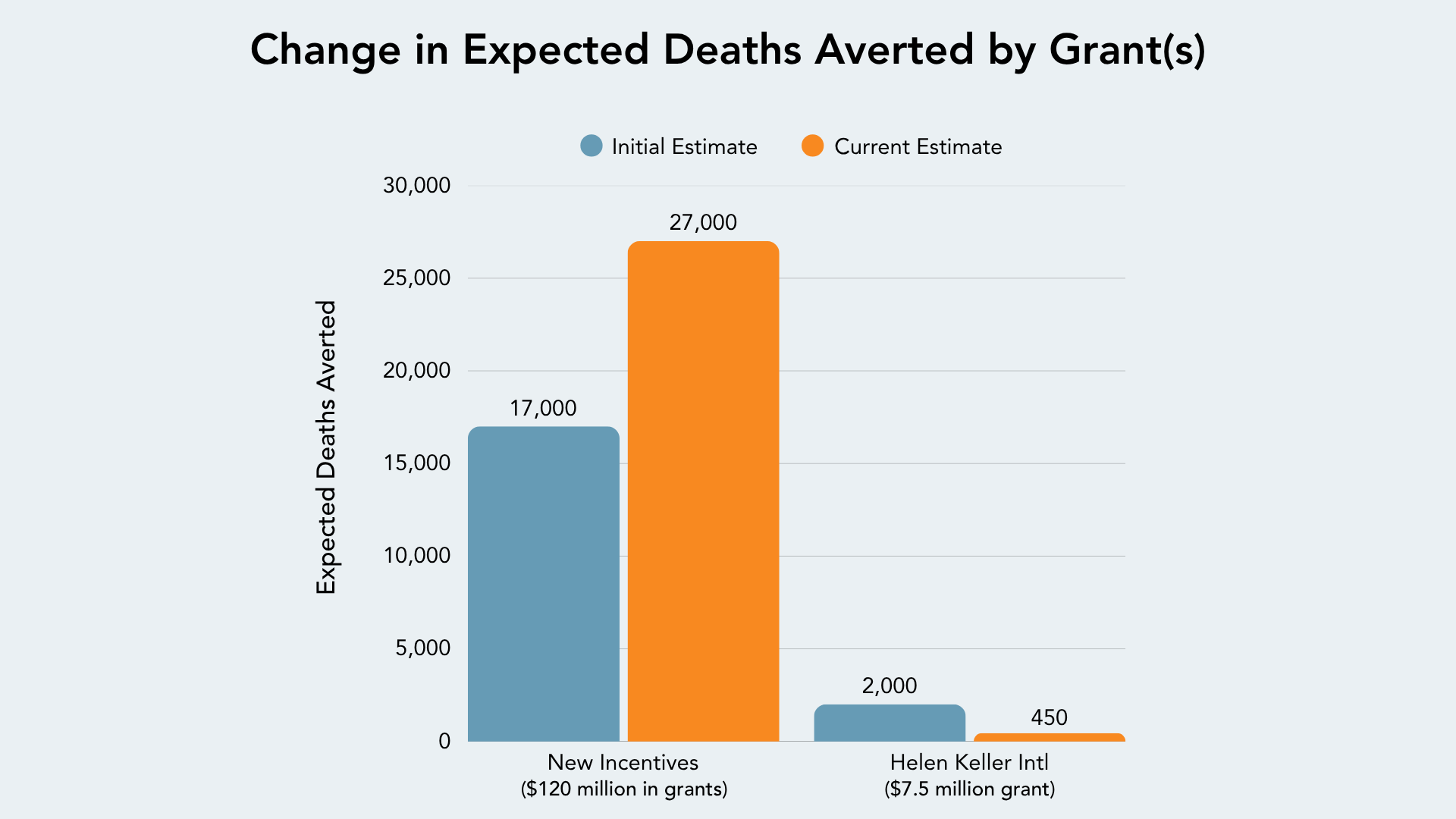GiveWell has long grappled with fundamental questions about how to value different positive impacts and make funding decisions across diverse programs. In particular, how much more valuable it is to save a life than to substantially improve it? And how can we prioritize between programs that achieve those outcomes in different measures when there’s no “right” answer to that question?
In this episode, GiveWell CEO and co-founder Elie Hassenfeld speaks with Senior Program Officer Julie Faller about why GiveWell is dedicating more capacity to researching livelihoods programs that aim to increase people’s incomes. They discuss how we’re building on existing work, searching for new cost-effective opportunities, and exploring more of the impactful programs we’ve long cared about.

